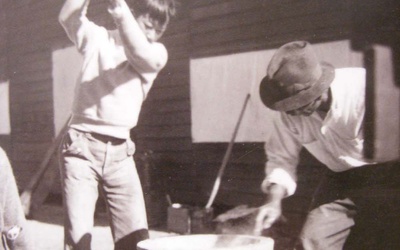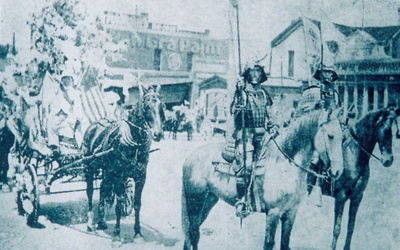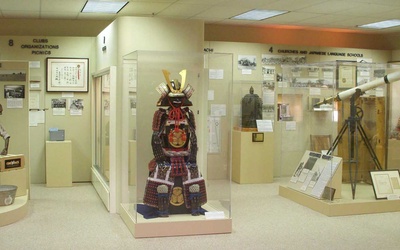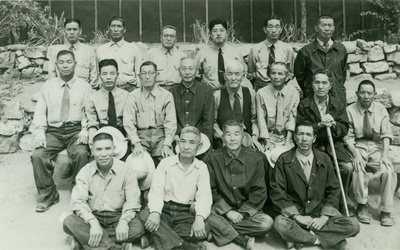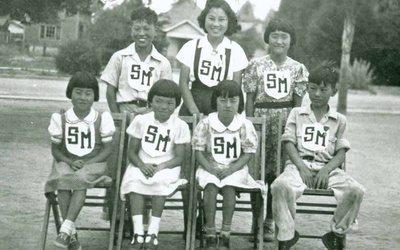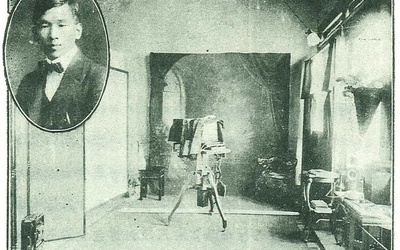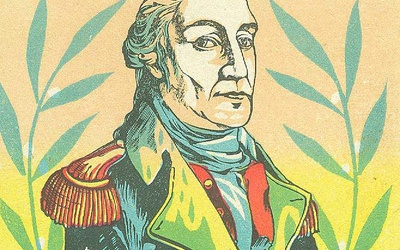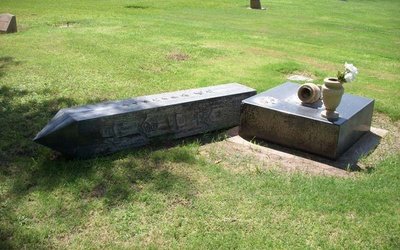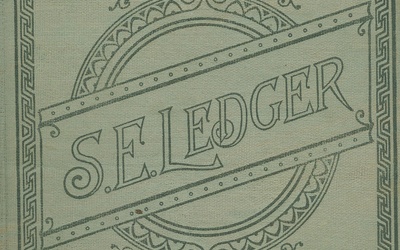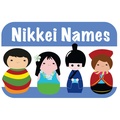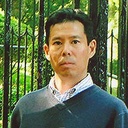
Tim Asamen
@TKATim Asamen is the coordinator of the Japanese American Gallery, a permanent exhibit in the Imperial Valley Pioneers Museum. His grandparents, Zentaro and Eda Asamen, emigrated from Kami Ijuin-mura, Kagoshima Prefecture, in 1919 and settled in Westmorland, California, where Tim resides. He joined the Kagoshima Heritage Club in 1994, serving as president (1999-2002) and as the club's newsletter editor (2001-2011).
Updated August 2013
Stories from This Author
Happy Holidays in the Imperial Valley
Dec. 23, 2016 • Tim Asamen
Ask any Nisei from the south end of the Imperial Valley about their childhood Christmas experiences, and their fond reminiscences inevitably take them back to the Kokubuns’ church. Reverend Jingoro Kokubun was the pastor of two non-denominational Christian churches. In 1920, he founded both the Calexico Independent Church and Union Church in El Centro. Rev. Kokubun hailed from the Tohoku region in northeastern Japan. He was born in Fukushima Prefecture. After completing elementary school, he was introduced to Christianity by …
Nikkei and the Way of the Warrior: Samurai Heritage from Issei to Yonsei
Nov. 11, 2016 • Tim Asamen
During my college days I once wrote an essay on the three ideals that I thought best epitomized the samurai: giri (duty), on (obligation), and chū (loyalty). It is no coincidence that a few years later as the coordinator of a Japanese American exhibition in the Imperial Valley Pioneers Museum, I had a hanging scroll custom made with the ideals that I thought best epitomized the Nikkei experience: giri, on, and gaman (perseverance). I very easily could have added loyalty to the …
Samurai Armor in the Imperial Valley Pioneers Museum
Oct. 12, 2016 • Tim Asamen
Were there samurai in the Imperial Valley? The answer is yes, but that’s not why a suit of samurai armor is on display in the Imperial Valley Pioneers Museum. For those of you who have not been to the Pioneers Museum in Imperial, California, it is one of the few multi-ethnic museums in the country. Multi-ethnic themes are not uncommon, but typically museums will host one ethnic exhibition at a time, and then rotate different ones in and out. The Pioneers …
FBI Searches and Arrests: Imperial Valley, 1941–1942
Sept. 1, 2016 • Tim Asamen
Thirteen-year-old Tatsuo Asamen did not yet have a driver’s license but he nonetheless drove an old farm truck each evening to the corner of a field located about two miles west of his home. Waiting for him amongst a clump of tall arrowweed brush was his father, Zentaro Asamen. The Westmorland farmer had set up a cot for himself there and the boy had his dinner. Following the outbreak of war between the United States and Japan, the elder Asamen …
Grasping Grandma’s Japanese Accent—My First Step in Discovering Nikkei-go
July 6, 2016 • Tim Asamen
I live on a farm in the Imperial Valley, which is located in the southeastern corner of California. My Issei grandparents established our farm before the Second World War when thousands of Japanese immigrants converted barren desert into fertile farmland. When I was growing up, my grandmother lived on the farm too, in the original house that my grandparents built in 1930. I can still remember when the house did not yet have an indoor bathroom so there was an …
Masashi Shimotsusa (1885–1959): The Samurai Photographer of San Diego
May 19, 2016 • Tim Asamen
A note on names: The names of the Issei photographers, including Shimotsusa even though he returned to Japan, are presented in Western order, that is, personal name followed by surname. For the names of Japanese nationals in Japan, I have maintained the Japanese custom of surnames preceding personal names. Masashi Shimotsusa is one of forty photographers featured in the Japanese American National Museum’s current exhibition Making Waves: Japanese American Photography, 1920–1940, which runs until June 26, 2016. Because he and …
George – The Iconic Name of the Second Generation
April 20, 2016 • Tim Asamen
7. You have Nisei relatives named Tak, Tad, George, Harry or Shig. — From 101 Ways To Tell If You’re Japanese American Of the various male and female names found on Jenny Kuida and Tony Osumi’s terrific 101 Ways… list, none is more iconic of the early Japanese American experience than George. I have two Nisei relatives by that name, one of my father’s brothers and an uncle by marriage; both of them were eldest sons. It had to have …
Nisei Greatness on the Imperial Valley Gridiron
March 7, 2016 • Tim Asamen
During the cooler months of fall in the Imperial Valley before the war, only one thing was as important, if not more important, than the price of lettuce—high school football. It was a time when football was not relegated to the sports page of local newspapers. Football news was front-page news and the names that appeared on the front page were names like SASAKI and KITA. It was a different time, indeed. In those days when football was king, a …
Japanese Section Beautification Project at Brawley Cemetery
March 12, 2015 • Tim Asamen
Shake & Bake—that is how we characterize the Imperial Valley. The temperature was almost 110 degrees on the afternoon of August 26, 2012, when a magnitude 5.5 earthquake struck. It was centered just a mile or two north of Brawley. Riverview Cemetery is on the northern edge of town and there was severe damage at the cemetery, especially in the northwest corner, which we informally call the “Japanese section.” The earthquake knocked over at least seven headstones bearing Nikkei names, …
The Ledger – An Account of Serendipity and Otagaisama
Feb. 26, 2015 • Tim Asamen
In early February 2014, just as The Rafu Shimpo was beginning to mark the third anniversary of the March 11 earthquake and tsunami that struck northeastern Japan and extol the continued relief efforts of the Nikkei community in the United States, Randy Sakamoto, the historian of the West Los Angeles United Methodist Church (WLAUMC), was scanning old church documents. Among the boxes and files in his charge, he uncovered a ledger book dated 1923. The contents were written almost entirely …

